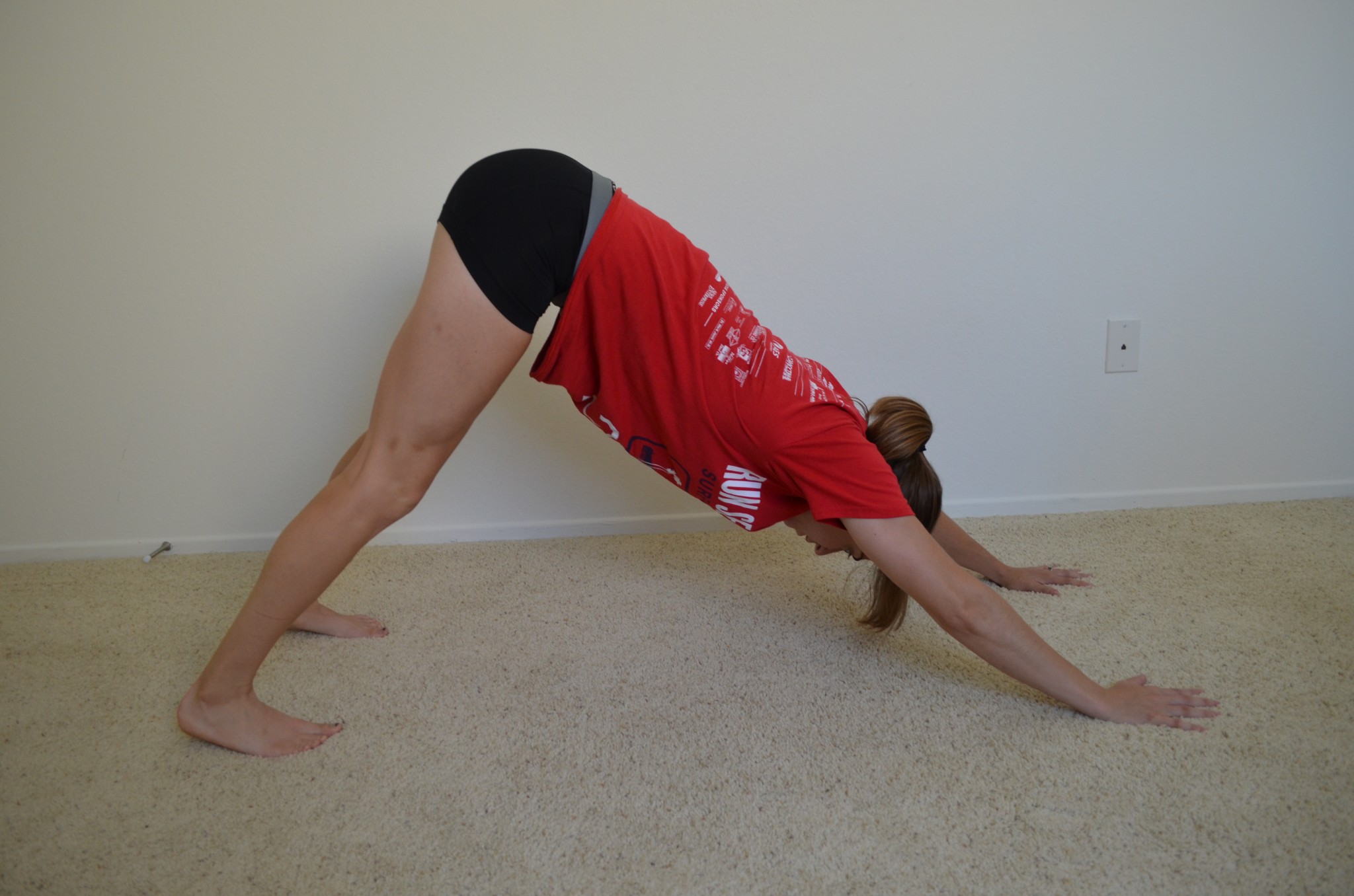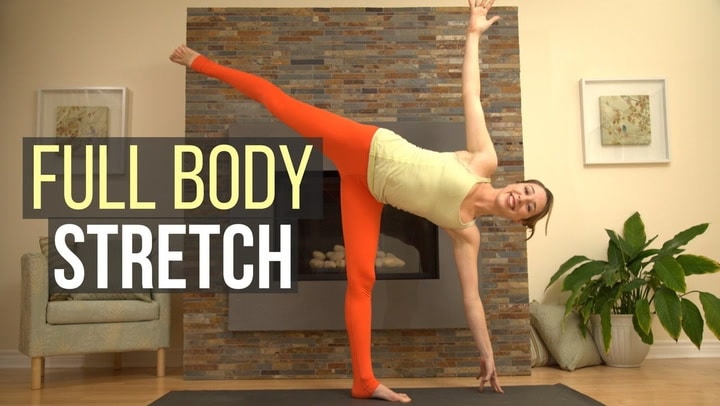

In: ACSM's Resources for the Exercise Physiologist. Flexibility assessments and exercise programming for apparently healthy participants. International Journal of Environmental Research and Public Health. Physical activity recommendations during COVID-19: Narrative review. The acute effects of foam rolling and dynamic stretching on athletic performance: A critically appraised topic. Wolters Kluwer Health Lippincott Williams & Wilkins 2018. ACSM's Guidelines for Exercise Testing and Prescription. Physical activity and exercise in older adults.

To increase the stretch of the latissimus dorsi (back) muscles, rotate your. Back off to the point where you don't feel any pain, then hold the stretch. Hold the stretch position for 15-30 seconds for a total of 2-4 repetitions. Expect to feel tension while you're stretching, not pain.

Breathe normally and hold each stretch for about 30 seconds in problem areas, you may need to hold for around 60 seconds. Bouncing as you stretch can injure your muscle and actually contribute to muscle tightness. Stretch in a smooth movement, without bouncing. Make sure that you stretch both sides.Īlso stretch muscles and joints that you routinely use or that you use in your activity. Concentrate your stretches on major muscle groups such as your calves, thighs, hips, lower back, neck and shoulders. Flexibility that is not equal on both sides may be a risk factor for injury.įocus on major muscle groups. Rather than striving for the flexibility of a dancer or gymnast, focus on having equal flexibility side to side (especially if you have a history of a previous injury). Everyone's genetics for flexibility are a bit different. Research has also shown that stretching immediately before an event weakens hamstring strength. Some research suggests that pre-event stretching may actually decrease performance. Consider skipping stretching before an intense activity, such as sprinting or track and field activities.


 0 kommentar(er)
0 kommentar(er)
